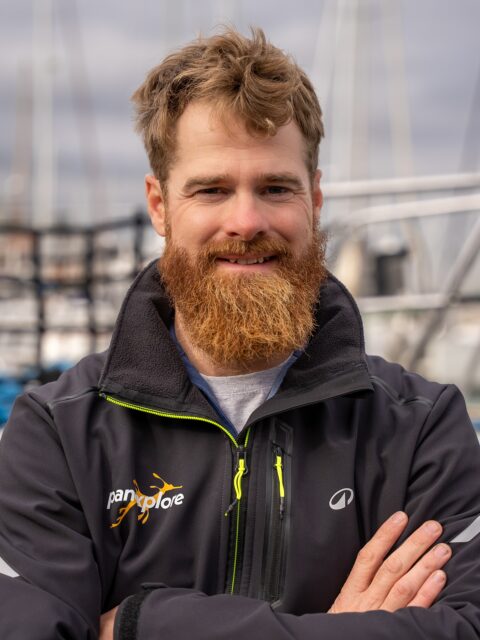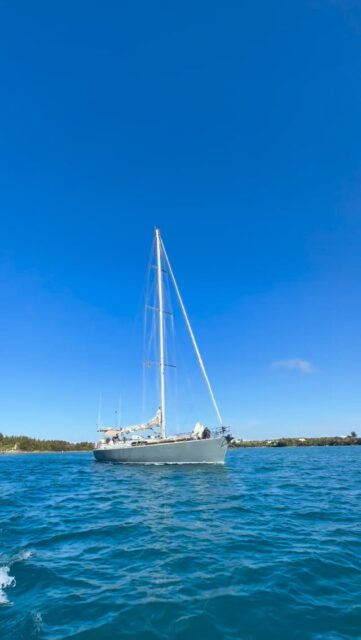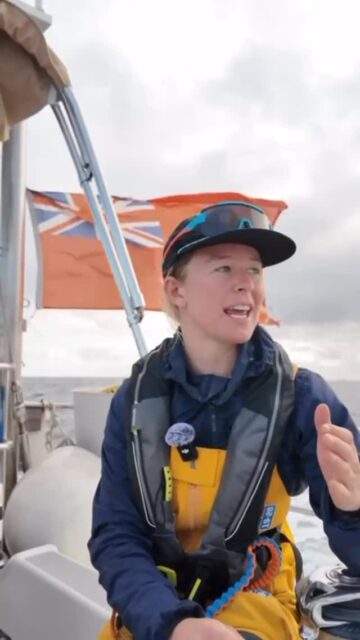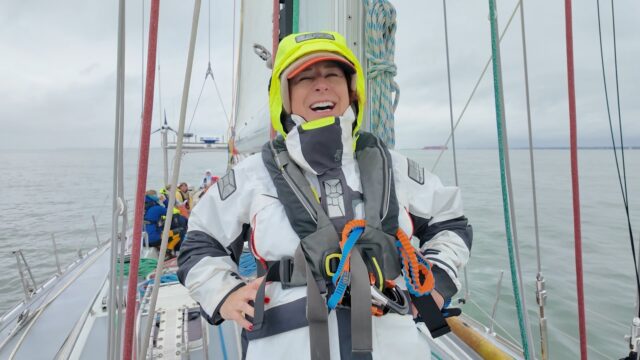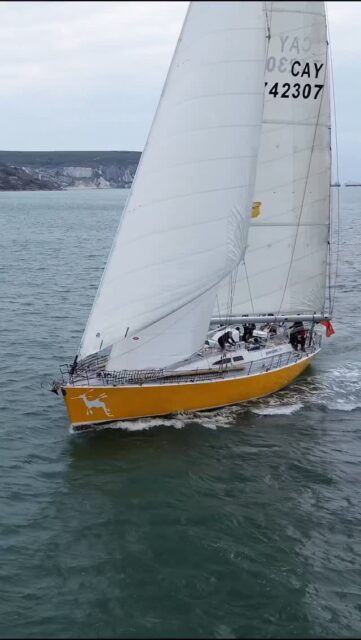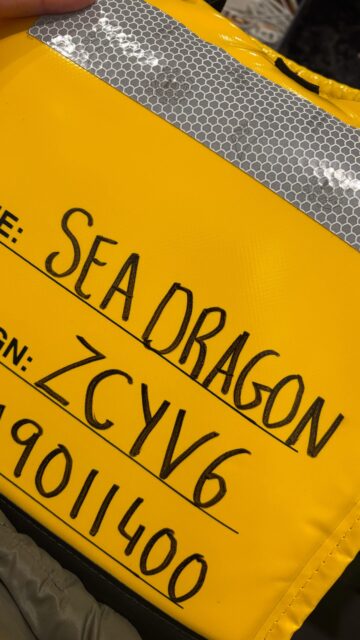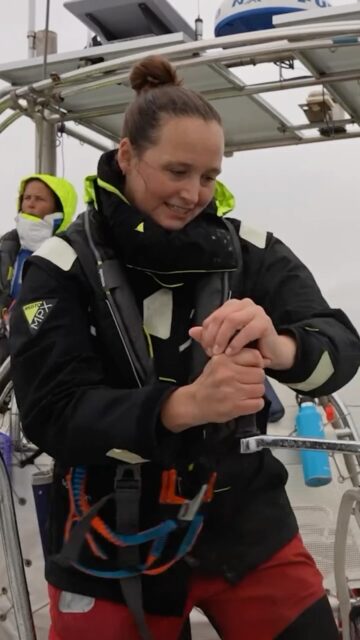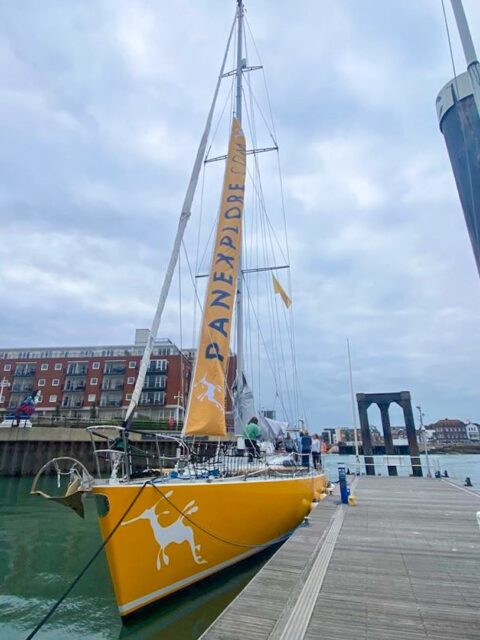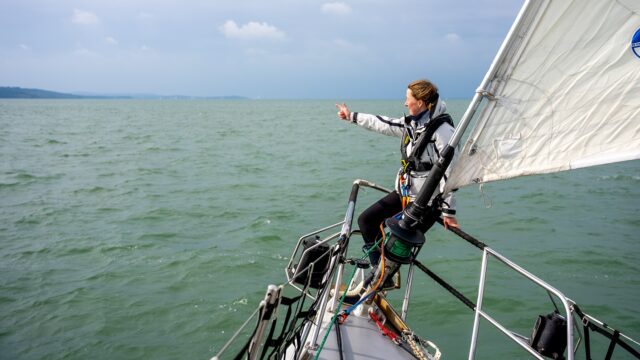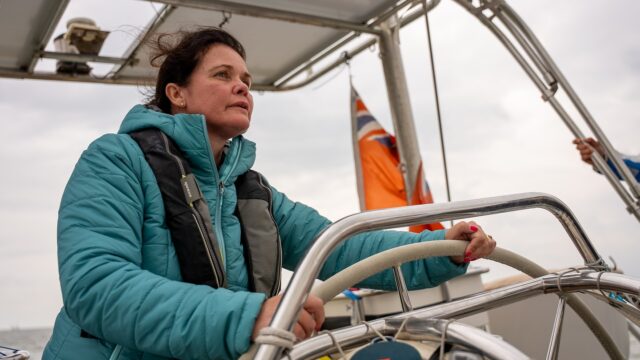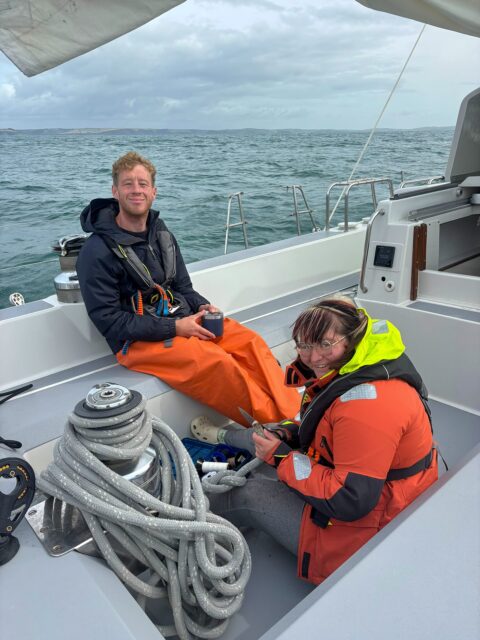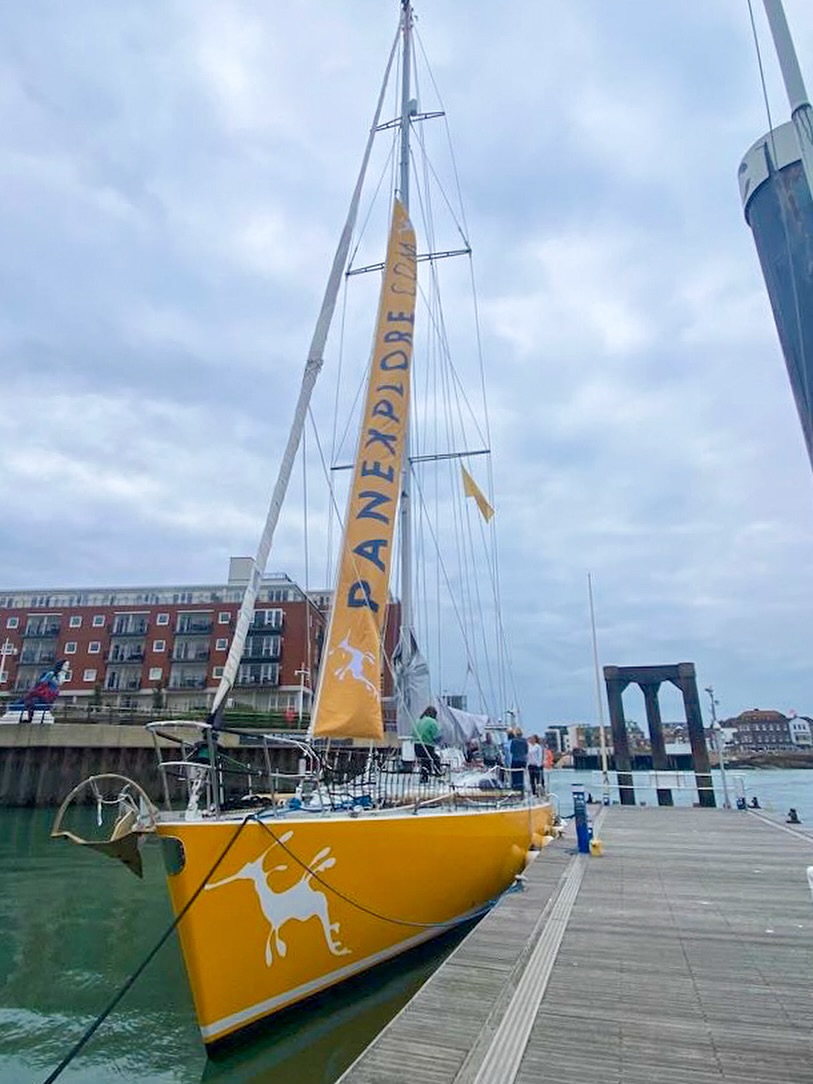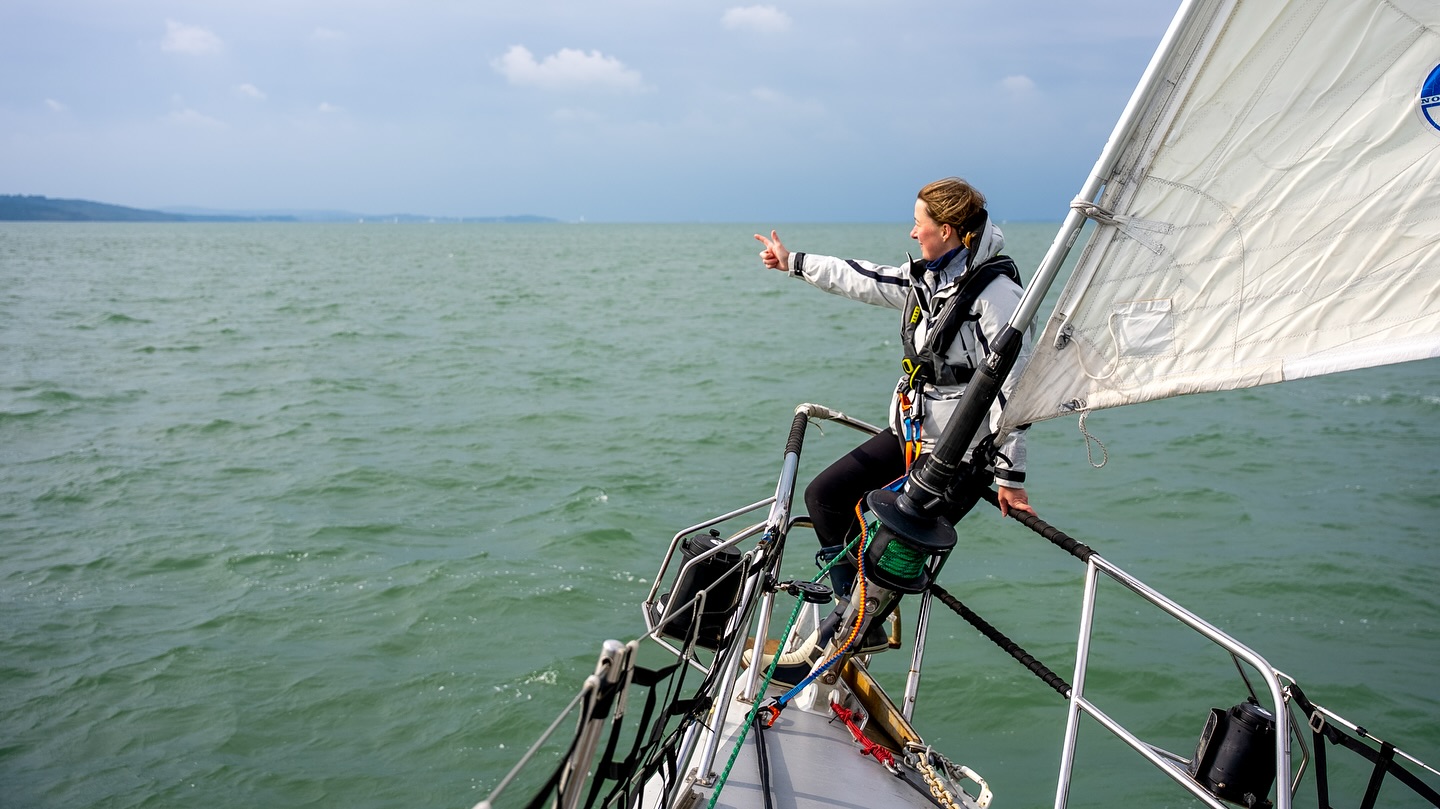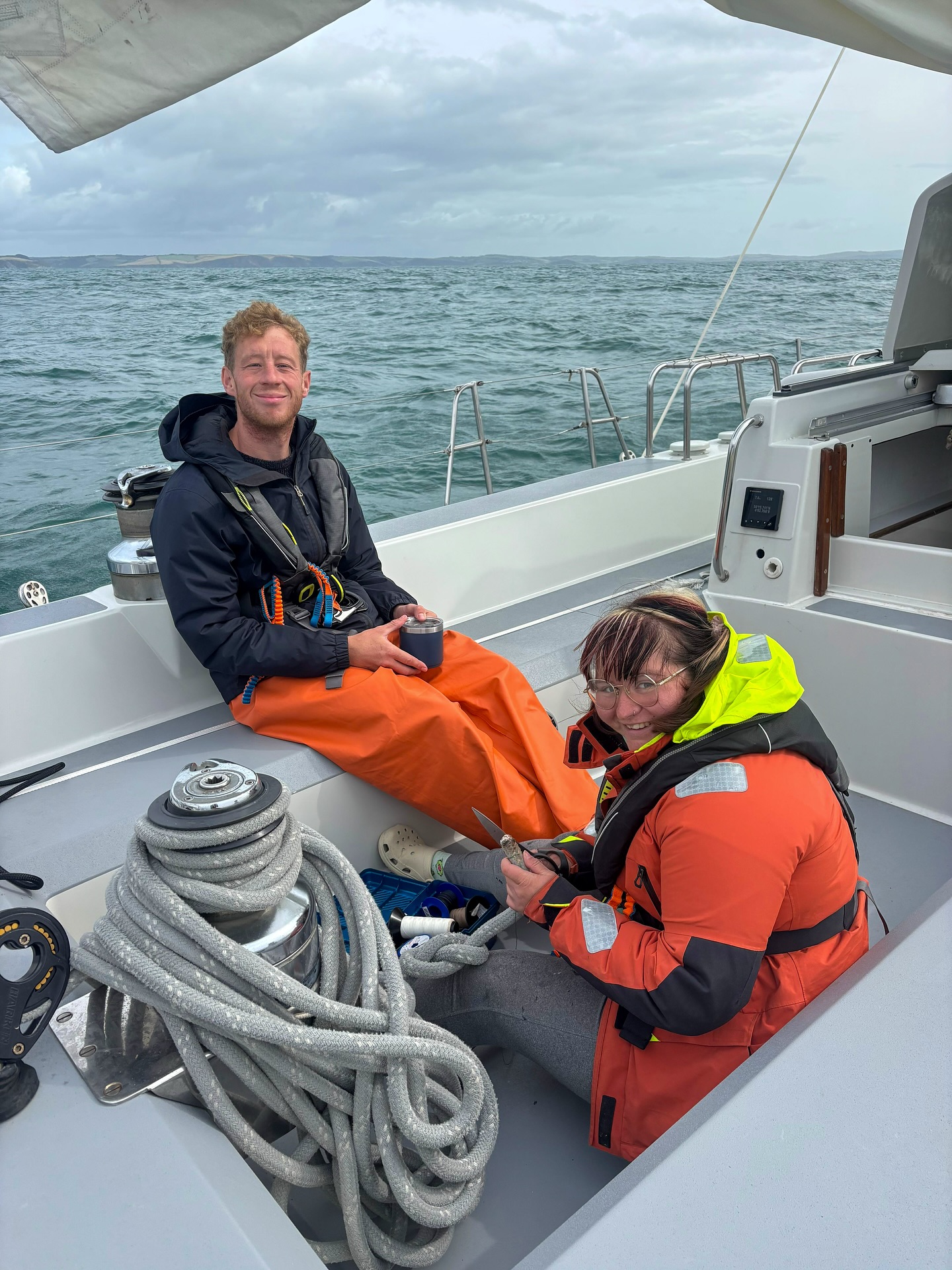

Typically, typhoon season in the North Atlantic starts in the
summer—yes. Summer doesn’t officially start until the 21st, but
like all things weather this year, things are whacky—normally you
don’t get full blown typhoons until mid July into September, but this
year is starting with a bang. We’ve weathered the remnants of Mawar,
and now, straight on her heals is Typhoon Guchol, due to hit Japan
today and rumor is another low is behind that, too! Guchol is a
category 5, which means sustained winds of 130 knots with gusts to 160
knots—but don’t worry folks, we’re nearly 1,000 nautical miles east of
there now. The way typhoons work, and well, frankly,drifting plastic
in the north pacific, is that it follows a current conveyor, flowing
Northeast from land on an arc, hugging Japan, Russia, and then up and
down along The Aleutian Islands. Typhoons typically dissipate once
they find a big trough, or area of high pressure where they can spread
out over a wide sea with a consistent temperature. In the case of
plastic, it keeps going from Alaska until it finds the California
current, which largely keeps debris offshore unless a weather event
with a strong westerly flow pushes it up on the beach. With regard to
the west coast, North America is pretty lucky to have the California
current—remember, it’s not that the plastic isn’t out there, it’s that
it’s not being pushed to shore.
But back to the typhoon. The threat of Guchol is what’s keeping us
hugging the 30th parallel as we push east, (tactically, you want stay
at the bottom of a low pressure system, so you have the equivalent of
a maritime rip chord by which to escape). For the most part, we’re
experiencing mild weather, and the winds are backing to the south
(Ideally, we’d be steering about 300 nautical miles north, up to the
35th parallel, perhaps even push 40, but wisdom is erring on the side
of caution. We’ll see how Guchol forms in the next week and hopefully
she’ll allow us to venture North into the denser part of the tsunami
debris field.
On all day watches, which for that past few days have been sunny,
we’ve been doing timed observations looking to port and starboard with
dedicated eyes for one hour, recording everything that floats by, and
occasionally altering course to scoop up the bigger stuff. Thus far,
during these observations we’ve recorded a plastic piece floating by
every 1.5 minutes for an hour straight, but we’re no doubt missing
several other pieces. It’s astonishing really— Sea Dragon isn’t just
miniscule compared to the vast sea we transect, we’re an atom on the
edge of a razorblade that from this perspective would make that
razorblade appear fat—that’s the thing, exactly—that’s the
conversation everyone is having on this ship—the ‘oh my gosh, when you
think about how much plastic we find, and how small we really are in
the grand scheme of things-‘ conversation.
When you’re sitting on deck with a NOAA protocol worksheet, a
stopwatch, and four crew mates peering at the ocean, it almost seems
normal, or expected to watch plastic float by—but then, later, when
our Captain Rodrigo shows us with a pencil prick on a nautical chart
that depicts Sea Dragon’s position lost in the big blue (well, not
lost :), the brute facticity of the convenience era creeps in—the
ocean is polluted and the amount by which is unimaginable,
unquantifiable. Though I appreciate the papers out there attempting
to depict the density and scale of the problem by quantifiable fact,
if you sat on this ship for an hour with us, you’d soon realize that
those papers are inadequate—something I think most scientists would
agree with. 50 years and the ocean, in or outside of a gyre and we’re
seeing something synthetic go every minute and a half wherever we are?
Yep, plastic. And the trawl! The opening is four by 20 inches or
so, and dragging it for a half day gets a sample like this, pictured
(notice the toy truck tire in it). It’s crazy.
Ever gone tidepooling? Ever looked at a near-shore exhibit at an
aquarium and checked out the sea anemones? The operative word is ‘near
shore.’ Well, another way that plastic is altering the world’s
ecosystem is that it’s creating rafts for creatures to exist in the
middle of the ocean, where they shouldn’t be. The other picture
depicts a plastic bottle cap, chucked full of sea anemones we scooped
up with a pool net.
Each day, we find something more absurd, more disturbing and weirder
than before. The truth about plastic pollution in the ocean seems to
be this, ‘the more you look, the more you’ll be blown away by what you
find.’
